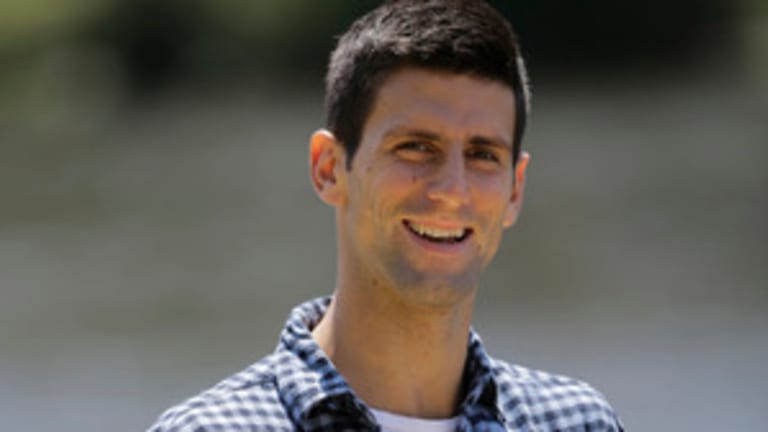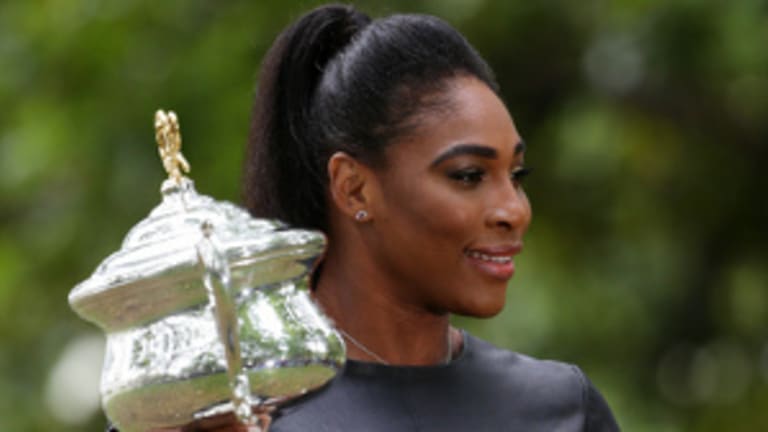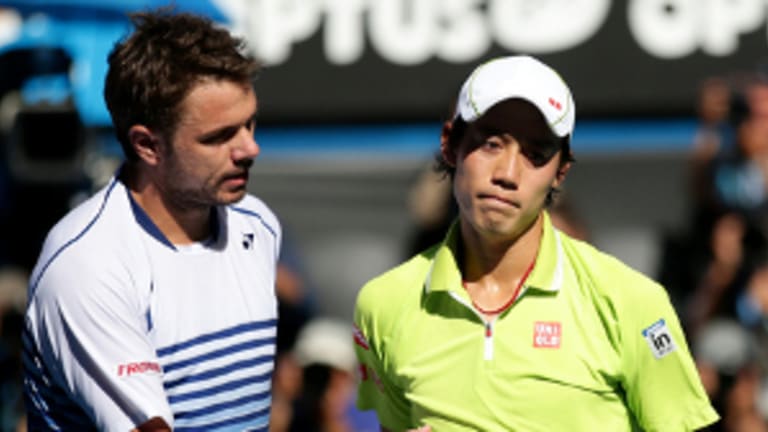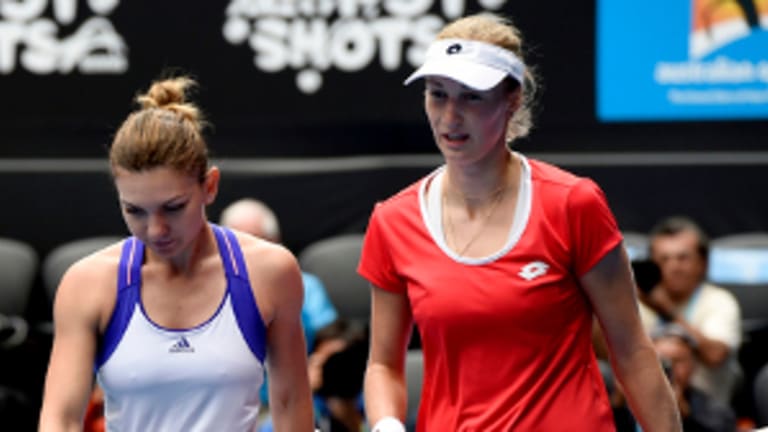The most exciting shots of the tournament, both aurally and visually, were the forehand winners that Keys belted past Petra Kvitova in the third round and Venus Williams in the quarterfinals, and which she continued to belt against Serena in the first set of their semifinal. Here, in this 19-year-old’s very live arm, was something new: Power that even Serena had to admit had taken her by surprise. Under her new coaches, Lindsay Davenport and Jon Leach, her shot weren't just fast; each one came with a purpose as well. For the moment, Keys is the future of the WTA. There have been other futures recently: Sloane Stephens and Genie Bouchard both reached the semis in Oz at the same age, and neither was as good there this year. So it wouldn’t be surprising if the next step that Keys takes will be a retrenchment—in other words, she’s still going to be erratic, and she’s still going to have bad days. But now we know how good the good days can be. A
By November, we’ll look back and ask, “Did that Smyczek thing happen this year?” But now that its viral life has ended, let’s try not to forget the American’s show of sportsmanship in his five-set, second-round loss to Rafael Nadal. Smyczek gave Rafa a first serve, and the rest of us a reason to feel good about being tennis fans. A
For the fourth time, we saw what appeared to be a “new,” more assertive Murray over the course of his first six matches in Melbourne. And for the fourth time a more familiar, less certain, Murray re-emerged in the seventh match. On the whole, progress was made over the last two weeks. This was Murray’s first trip to a Slam final since Wimbledon in 2013; he put himself back into the Top 4 and possibly back into the Big 4; and he did it by weaving the many threads of his game together as seamlessly as he ever has. When it came to his coach, Amelie Mauresmo, Murray had something to prove, and he proved it. (More on his new role as a “feminist icon” in another post.) Which only made it more surprising in the final to see Murray, the man who started the tournament complaining about being called a “drama queen,” ending it by...complaining about his opponent, Novak Djokovic, being a drama queen. Worse, Murray admitted, he let it distract him. There are other, better reasons that he’s lost eight of his last nine matches to his old friend and rival. A-
We know Venus loves the sport, now we’ve seen the result: The 34-year-old’s first appearance in the round of 16 at a Grand Slam since she announced she had Sjogren’s syndrome in 2010. Venus also outlasted two, much younger players, Camila Giorgi and Agneiszka Radwanska, to get there. A-





